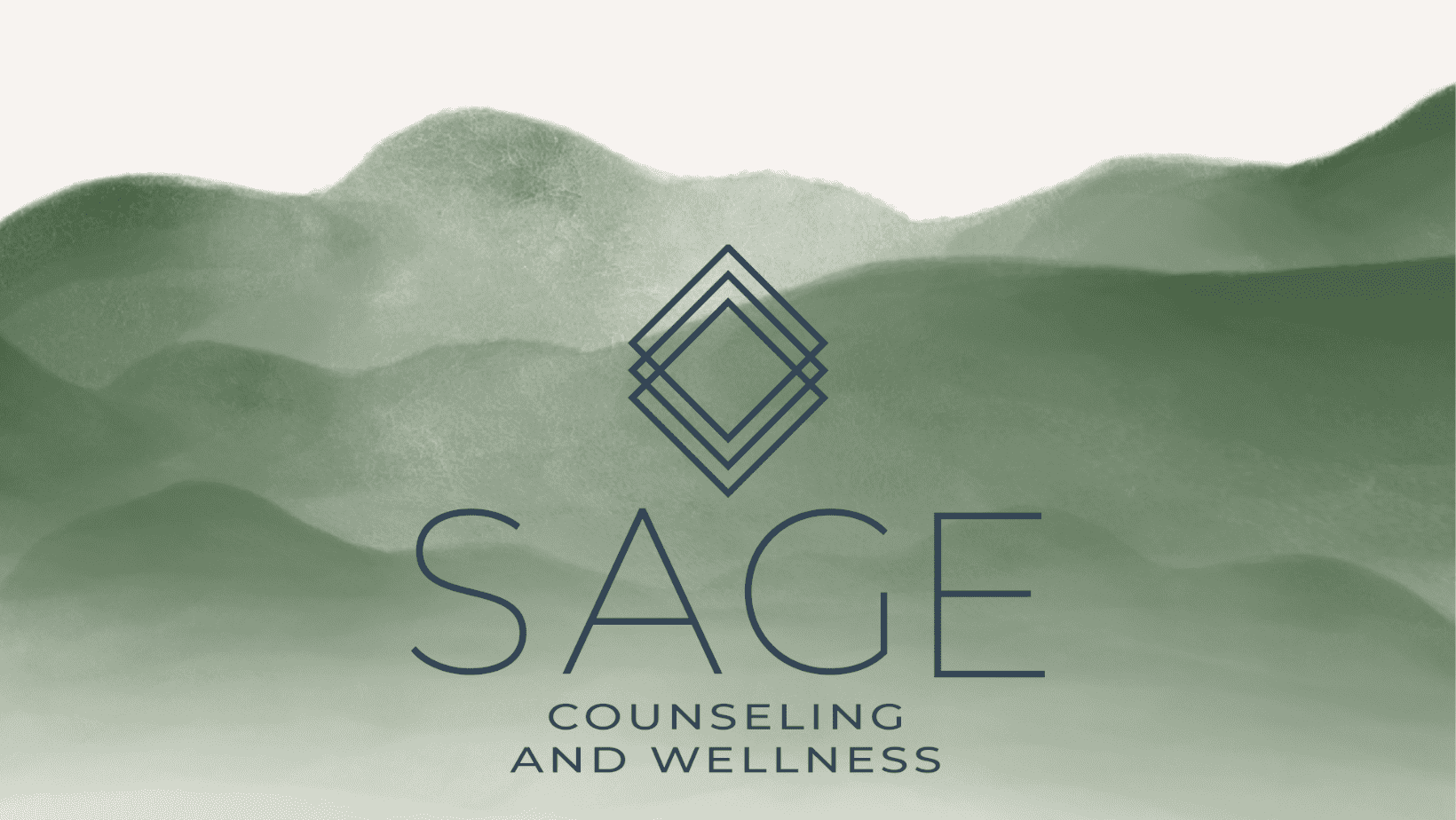
5 Grounding Techniques All HSPs Need to Try
This post may contain affiliate links, which means we may receive a commission, at no extra cost to you, if you make a purchase through a link. Please see our full disclosure https://www.rachelbutlercounseling.com/disclosure-privacy-policy-terms-of-use/ for further information.
In a world filled with bustling energy and constant stimulation, highly sensitive people (HSPs) possess a very special gift—the ability to capture even the subtlest nuances of their surroundings. Although this sensitivity holds strengths, it can also feel like a double-edged sword, leaving HSPs susceptible to becoming overwhelmed and burnt out by their environments. Thankfully for HSPs, there are grounding techniques that can be used to help them find peace and regain their balance in overwhelming situations. If you’d like to learn how to practice some grounding techniques helpful for HSPs to help empower you and reclaim your peace, keep reading!
To ground yourself as an HSP, try:
1. Deep Breathing
One of the simplest yet most helpful grounding techniques is to simply breathe! Well, not just any breathing. Deep breathing exercises activate the body’s relaxation response, which helps to calm the nervous system and reduce feelings of anxiety or panic. To practice deep breathing, try to find a quiet place to sit or lie down comfortably. Inhale deeply through your nose, feel your abdomen rise, and exhale slowly through your mouth. Repeat those steps for a few minutes, or until feelings of anxiety start to subside. While doing so, try your best to focus on your breath and stay mindful, instead of worrying about what overwhelmed you,
- Box Breathing is a specific deep breathing technique that many individuals use to help with their feelings of anxiety and stress. To do this, inhale deeply through your nose and count to 4. Hold your breath for another count of 4. Exhale slowly through your mouth for a count of 4. Finally, pause and hold your breath again for a count of 4. Repeat until the anxiety subsides.
2. Mindfulness Meditation
Mindfulness meditation is a practice that cultivates staying fully in the present, which allows HSPs to observe their thoughts and emotions without judgment or panic. By directing their awareness to the present, HSPs can ground themselves in the here and now. To practice this technique, find a quiet place, if possible, and sit in a comfortable position. Close your eyes and bring your attention to your breath or a specific point of focus, like how your body feels touching the chair or a sound around you. As thoughts or distractions arise, gently acknowledge them and redirect your attention to the present. Even just practicing mindfulness for a few minutes each day, perhaps in the morning or before bed, can help cultivate this healthy habit and make you feel less anxious in high-stress situations.
3. Engaging the Senses
Engaging the senses is a powerful tool for HSPs to connect with their environment and ground themselves. There are various sensory activities that can help redirect attention away from overwhelming thoughts, emotions, and/or stimuli. For example, you can try aromatherapy by using essential oils and a diffuser, and try directing your full attention to their pleasant scents in times of stress. Or, you can play soothing music that resonates with your feelings.
- Sensory Walks are a great way to engage the senses. Try going on a normal walk, but instead of listening to music or talking with someone, fully engage your senses with your environment. Take note of how the weather feels—does the sun feel hot on your skin? Can you feel the wind through your hair? Observe what colors the leaves on the trees are, and touch the tree bark as you walk. What sounds do you hear? Are birds chirping, and are there people around? Are there any distinct smells you can try to describe? This practice will help you become more mindful and grounded, as well as distract you from any feelings of overwhelm.
4. Connecting with Nature
Nature has the ability to restore balance and provide peace, especially for HSPs. Spending time in natural environments can provide a much-needed break from overstimulation. Take any opportunity to immerse yourself in the outdoors, whether it is going on a hike, sitting by the beach, or just taking a walk in the park. If access to nature is limited in your area, try bringing elements of nature indoors, like houseplants or scenic art.
- Nature Journaling is a great way to fully immerse yourself in a natural environment. To do this, find a tranquil outdoor setting and bring along a journal or notebook and a writing utensil. Find a spot to sit and take a few moments to quiet your mind and be mindful. Begin to observe the nature around you. Notice the colors, textures, and shapes of the plants, trees, flowers, or any natural thing around you. Describe what you see in detail in your journal, and let your senses guide your writing. Feel free to even sketch what you see, or press leaves and flowers into the journal as a visual representation. Not only will this journal calm you at the moment, but it will also act as a nice memory of tranquility that you can physically look back on!
Physical movement is a fantastic way to ground and release pent-up energy for HSPs. Engaging in regular exercise not only improves overall well-being but also provides a sense of stability and grounding. Find a form of movement that resonates with you, whether it’s yoga, dance, swimming, or even a leisurely walk in nature. These activities not only help release endorphins but also encourage mind-body connection and provide a healthy outlet for emotions. Experiment with different types of physical movement to discover what brings you the most grounding and joy.
- Yoga is a very popular grounding exercise that is helpful for HSPs. A few common yoga poses that are known to relieve stress and tension are:
-
- Cat-Cow Pose: Move into a tabletop position on your hands and knees. Inhale and arch your back, lifting your chest and tailbone (cow pose). Exhale and round your spine, tucking in your chin and tailbone (cat pose).
- Child’s Pose: From the tabletop position, shift your hips back and bring your bottom towards your heels. Extend your arms forward and rest your forehead on the mat.
- Tree Pose: Shift your weight onto one leg and place the sole of your other foot on your inner thigh, calf, or ankle, Find your balance and bring your hands together at your center. Hold the pose and practice balancing.
Being a highly sensitive person can feel difficult sometimes, but grounding techniques can tremendously help. Let this blog post be a reminder and motivator to try out a few of these grounding techniques next time you begin feeling overwhelmed, and see what works best for you!
To discuss how therapy could help you during this season of your life, please contact me or schedule your free 15 minute consultation.
Want to read more? Here are a few of my related blog posts you may be interested in checking out!
Check out some of the items mentioned in the blog post above, along with a few extra goodies we think you’ll love!




0 Comments